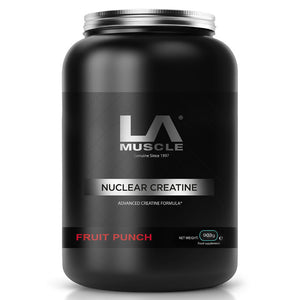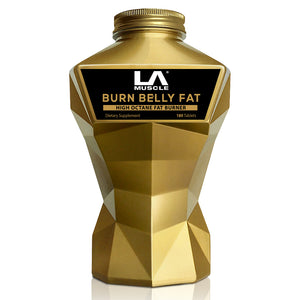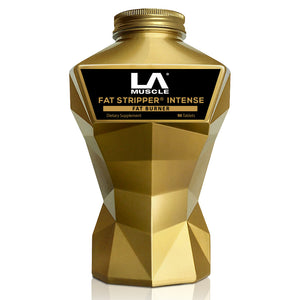
Treadmill running has become a staple in many fitness enthusiasts' routines. Not only does it provide a convenient way to get a run in, regardless of outdoor conditions, but it also boasts a range of health benefits backed by scientific research. This article aims to explore some of the most prominent advantages of treadmill running, providing evidence for its efficacy as a training and health-enhancing tool.
1. Cardiovascular Health
-
Heart Strength: Like other forms of aerobic exercise, treadmill running strengthens the heart, allowing it to pump more blood with each beat. A stronger heart reduces the risk of heart disease. According to a study published in the Journal of the American College of Cardiology, running, even for just 5-10 minutes a day, can significantly decrease risks of cardiovascular disease [1].
-
Cholesterol Regulation: Regular treadmill running can help raise levels of good HDL cholesterol while reducing bad LDL cholesterol, thereby improving overall heart health [2].
2. Weight Management
Treadmill running is a robust calorie-burning activity. A person weighing about 155 pounds can burn approximately 372 calories in 30 minutes of running at 6 mph [3]. This makes it an effective exercise for weight management and fat loss when combined with a balanced diet.
3. Bone Density
Running, being a weight-bearing exercise, can improve bone density, consequently reducing the risk of osteoporosis. A study in Bone found that long-distance runners had greater spine bone density than non-runners [4].
4. Mental Health and Mood Enhancement
-
Endorphin Release: Running triggers the release of endorphins, often termed "feel-good hormones." These can help in reducing symptoms of depression and anxiety. A meta-analysis published in the Journal of Psychiatric Research linked regular exercise to reduced depression symptoms [5].
-
Stress Reduction: Physical activity can be an effective stress-reliever. Running on a treadmill can aid in clearing the mind and providing a sense of accomplishment, leading to reduced feelings of stress.
5. Controlled Environment
-
Pacing: Treadmills allow users to set and maintain specific paces, which can be beneficial for training purposes.
-
Safety: Running indoors on a treadmill reduces risks associated with outdoor running, like traffic, uneven terrain, or poor lighting.
-
Climate Control: Treadmills provide the ability to run in optimal conditions, avoiding challenges like extreme temperatures or poor air quality.
6. Muscle Building and Joint Flexibility
Treadmill running can lead to strengthened muscles in the legs, hips, and core. The repetitive motion also improves joint flexibility, especially in the hips, knees, and ankles [6].
7. Enhanced Lung Capacity
Running, as an aerobic exercise, can enhance lung capacity and function. Over time, the lungs become more efficient at delivering oxygen to the body, aiding overall stamina and endurance.
8. Improved Sleep
Regular physical activity, including treadmill running, can promote better sleep patterns. A study in the Journal of Clinical Sleep Medicine found that moderate aerobic exercise can improve the quality of sleep for insomnia patients [7].
9. Versatility and Training Options
Treadmills often come with various preset programs, offering interval training, hill simulations, or customized routines. This can break the monotony of running and challenge the body in different ways.
Treadmill running provides a myriad of benefits, from improved physical health to enhanced mental well-being. While outdoor running offers its unique set of advantages, treadmills offer a controlled, convenient, and versatile environment for those looking to achieve their fitness goals.
References:
- Lee, D. et al. (2014). Leisure-time running reduces all-cause and cardiovascular mortality risk. Journal of the American College of Cardiology, 64(5), 472-481.
- Kodama, S. et al. (2007). Effect of aerobic exercise training on serum levels of high-density lipoprotein cholesterol: a meta-analysis. Archives of Internal Medicine, 167(10), 999-1008.
- Harvard Health Publishing. (2020). Calories burned in 30 minutes for people of three different weights.
- Hind, K., & Burrows, M. (2007). Weight-bearing exercise and bone mineral accrual in children and adolescents: A review of controlled trials. Bone, 40(1), 14-27.
- Schuch, F. B. et al. (2016). Exercise as a treatment for depression: A meta-analysis adjusting for publication bias. Journal of Psychiatric Research, 77, 42-51.
- Perry, M., & Lafortune, M. A. (1995). Influences of inversion/eversion of the foot upon impact loading during locomotion. Clinical Biomechanics, 10(5), 253-257.
- Passos, G. S. et al. (2011). Effects of moderate aerobic exercise training on chronic primary insomnia. Journal of Clinical Sleep Medicine, 7(6), 645-652.


























